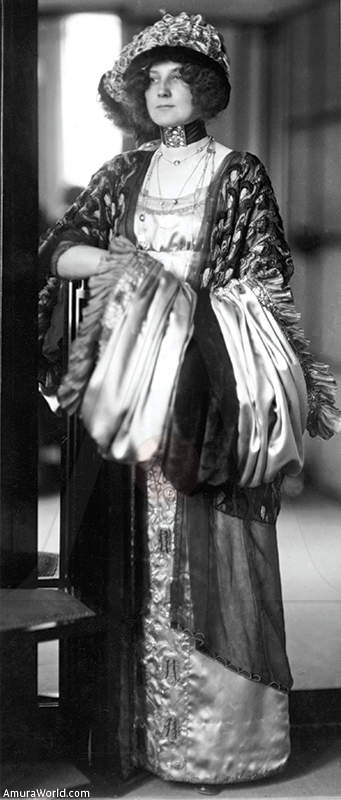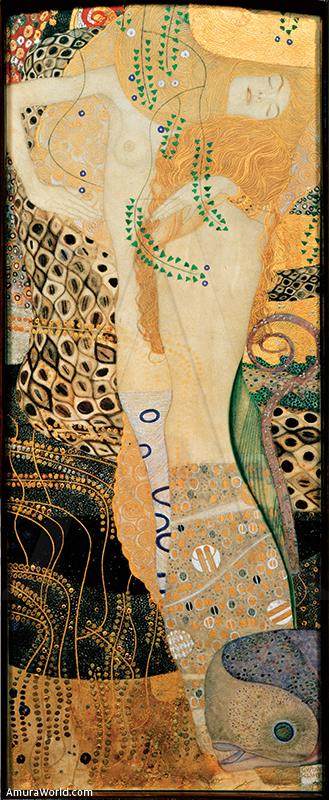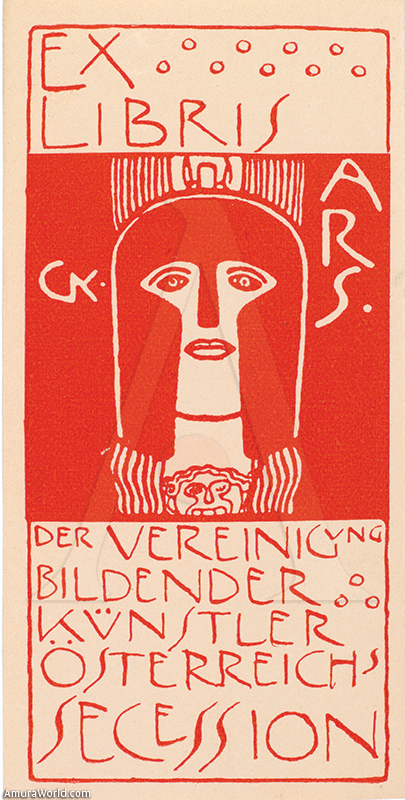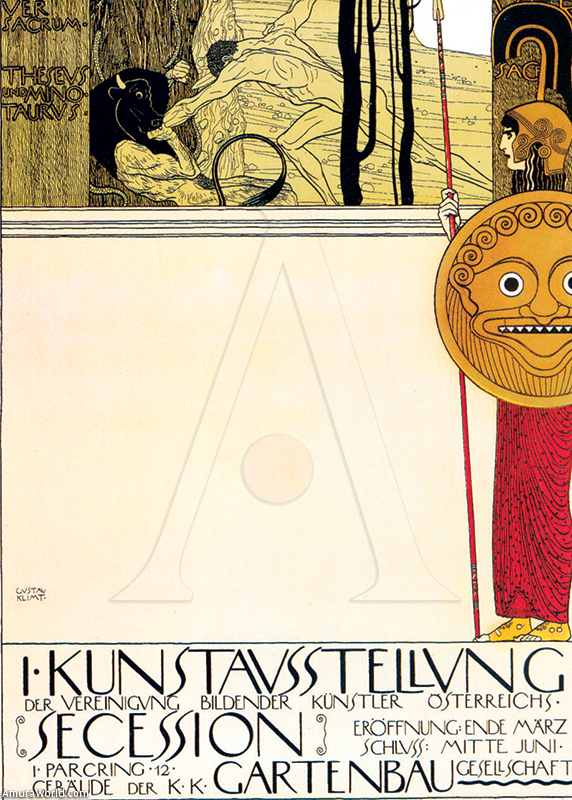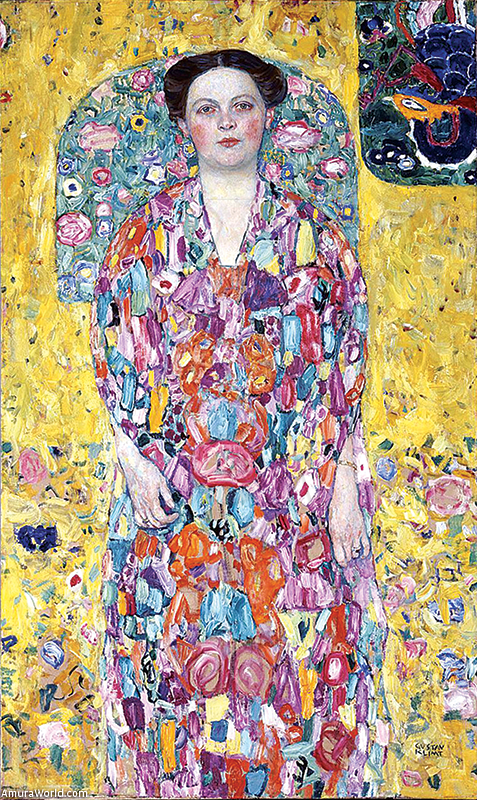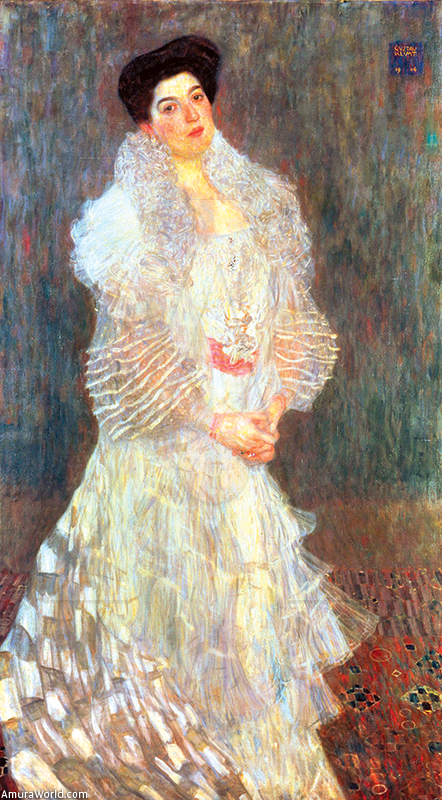In the framework of the celebration of the European Capital of the Culture 2008, the Tate Liverpool presents, for the first time in the United Kingdom, a thorough exhibition around the Austrian artist Gustav Klimt. Gustav Klimt: Painting, Design and Modern Life in Vienna 1900, recreates the sophisticated world of the Vienna of the beginnings of the XXth century. And it does not only presents paintings, drawings and graphics of the artist, but also furniture, design, silver objects, jewelry, fashion, graphic design and documentary material of that time, compiled from all over the world. On one hand the exhibition, points to the joint between the so called ‘fine arts’ and the hard-work arts; on the other hand, it rescues the architectural in Klimt’s paintings. The Viennese culture of the beginning of the century that witnessed the fall of the Austro-Hungary empire, gave birth at the same time to the thinking of Sigmund Freud and Ludwig Wittgenstein -in the psychoanalysis and the philosophy, to the music of Arnold Schoenberg, and of course, the art of Egon Shiele and Oskar Kokoschka. Around the century, Vienna, was one of the most important European cultural capitals, the increasing middle class aspired to get rid of the past and to explore new ways of expression in the architecture, the arts, the literature and the music.
The Viennese Secession, founded and leaded by Gustav Klimt in 1897, was a progressive group of artists whose work covered indistinctly the architectural, artistic and craftwork aspects. The spirit of the time seemed motivated by the search of a total art which cut off the ties with the past and establish the modernism in Austria. This young generation -that adopted the international style art nouveau- pursued the revival of the arts applied calling a group of architects, artists, designers, craftsmen, engravers; some Naturalists other Symbolists.
Joseph Maria Olbrich designed the iconic building that occupied the Secession as a permanent place for their exhibits. On purpose of an exhibition dedicated a Ludwig Van Beethoven, Gustav Klimt paints the Frisk of Beethoven in 1902. A copy in original size is presented in the exhibition the Tate organizes. The original frisk is based on Richard Wagner’s interpretation of the Ninth Symphony of Beethoven. It eludes the liberation of the <<weak humanity>> through the art and love. The original piece was produced for the exhibition and it was not programmed that it would last longer. Because of this, Klimt worked with poor materials such as tacks, mirror pieces, buttons, costume jewelry of carves crystal, question that has been really problematic for its restoration.
This mythical work of Klimt was stored for twelve years and the state acquired it in 1970, after a long period of restoration –in which they took advantage to make the copy that could be exhibited in a travelling way- the original frisk was placed permanently in the Secession in the year of 1986.
I quote Herbert Lachmayer, director of the Da Ponte Institute in Vienna: “The Viennese avant-garde, that began around 1880, could be described as implosive. The catholic, conservative, more or less aristocratic or bourgeois society of these times perpetuated very rigid moral and cultural values in order to repress social emancipation with authority and confidence. The avant-garde reacted against this ridiculous conservatism through the use of irony and ambiguity.” And later on point out: “Ambiguity had also been a poetical instrument used to cross the border between the conscious and unconscious.”
The way to the unconscious discovered by Freud, visualized the human existence since its absurd’s, its contradictions, its fears and the humor. The idea of the work of the dream that Freud develops in The Dream Interpretation, establishes a connection with the Viennese modernism of the beginning of the century. Let us think not only in the work of Gustav Klimt, but also in the work of Egon Shiele and of Oskar Kokoschka. According to Freud, the dream is the disguised fulfillment of a repressed wish, <the dream diminishes the censorship and allows avoiding the resistance>. This wish conflict that places in tension the private reality and the public morality spheres was reflected in the artistic production of the time. The portraits of these artists make us realize a discomfort in the culture, of a symptom that emerges in the body of the one painted in the portraits through gestures and malformations. These symptomatic portraits have been interpreted as carriers of a new social conscience and even of a new ethic. In any case, it would be an ethic that pick-up the bastard children of the reason, which renegade member of the western culture: the wish.
Text: Anarela Vargas ± Photo: Tate Liverpool.




